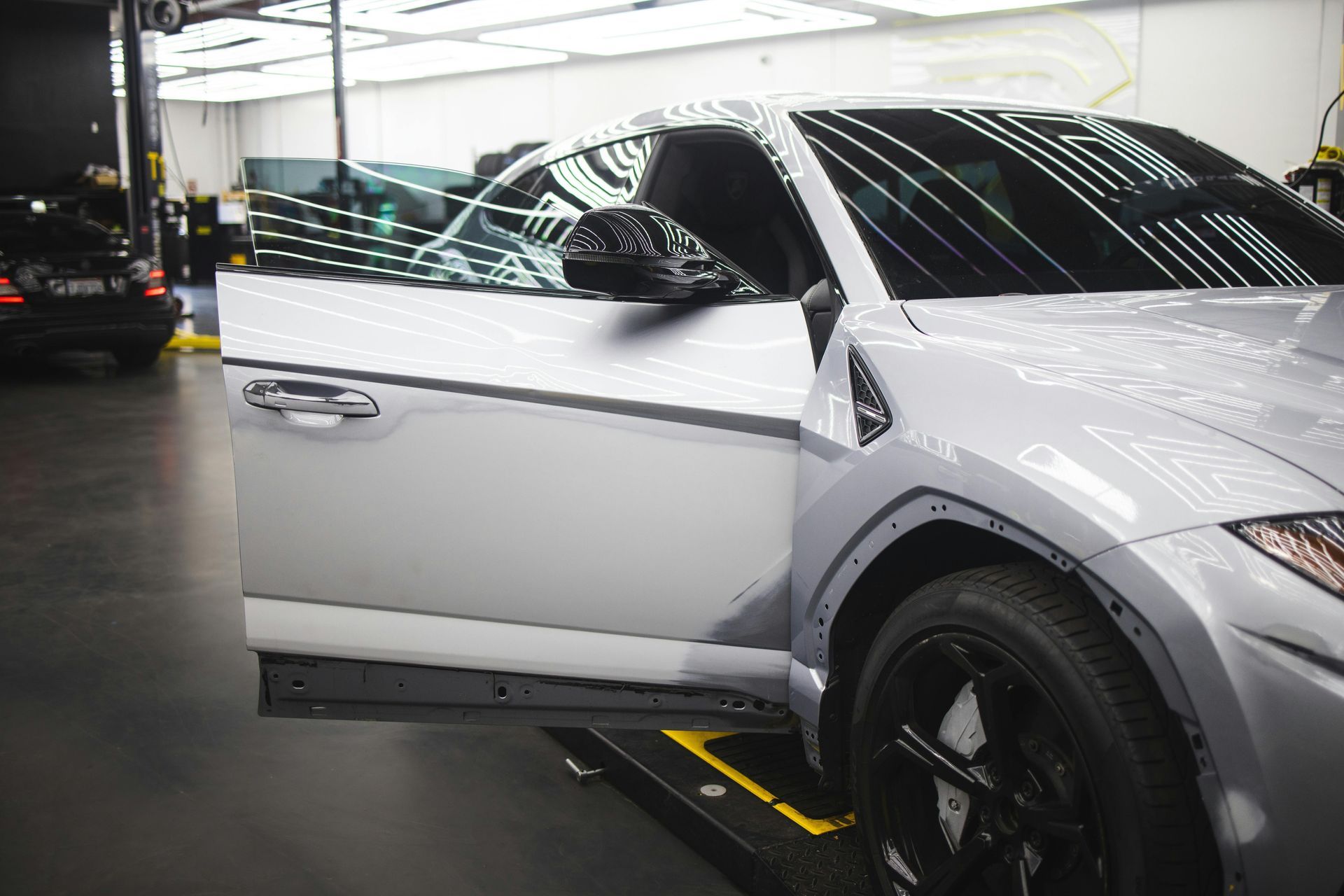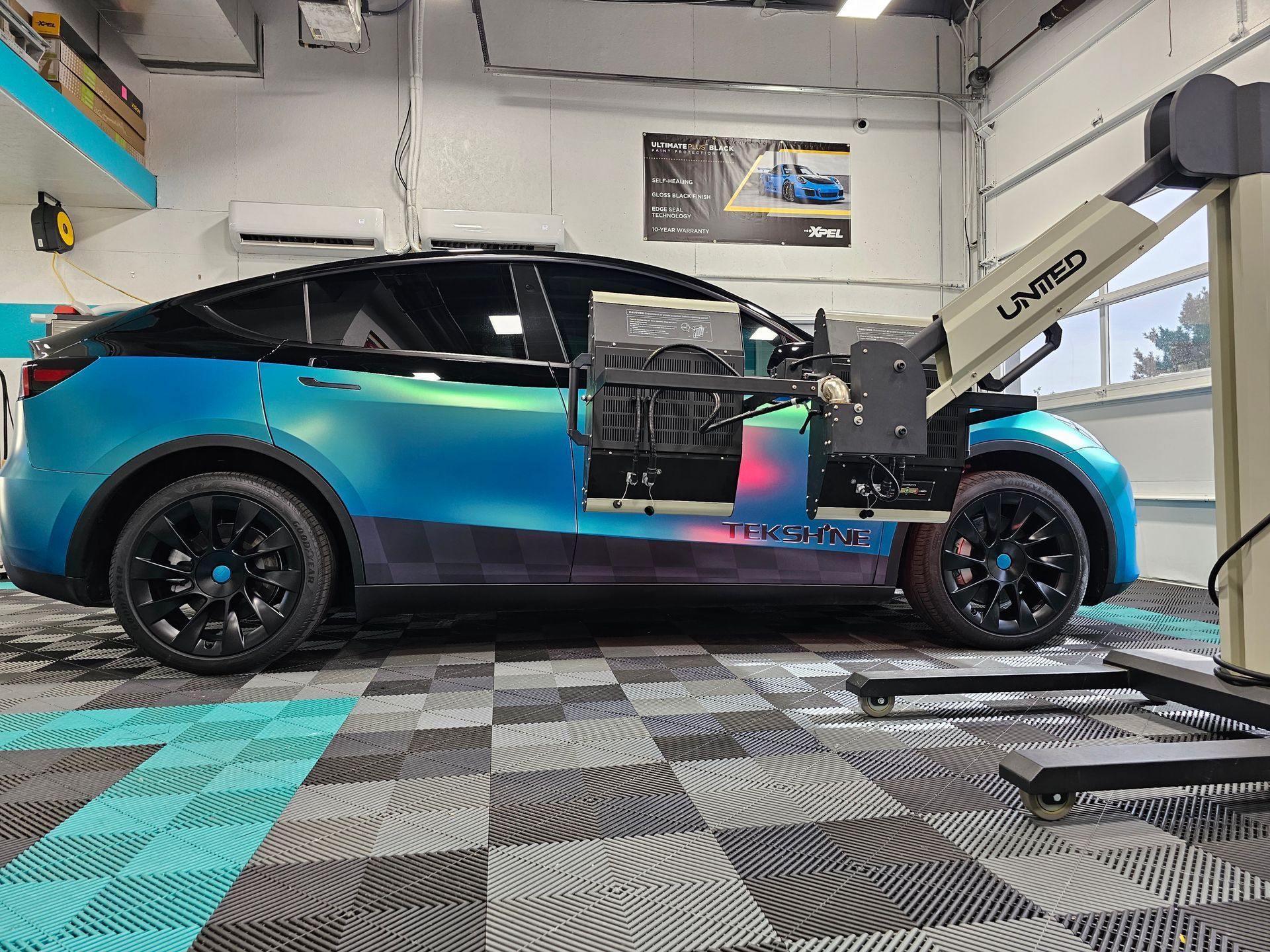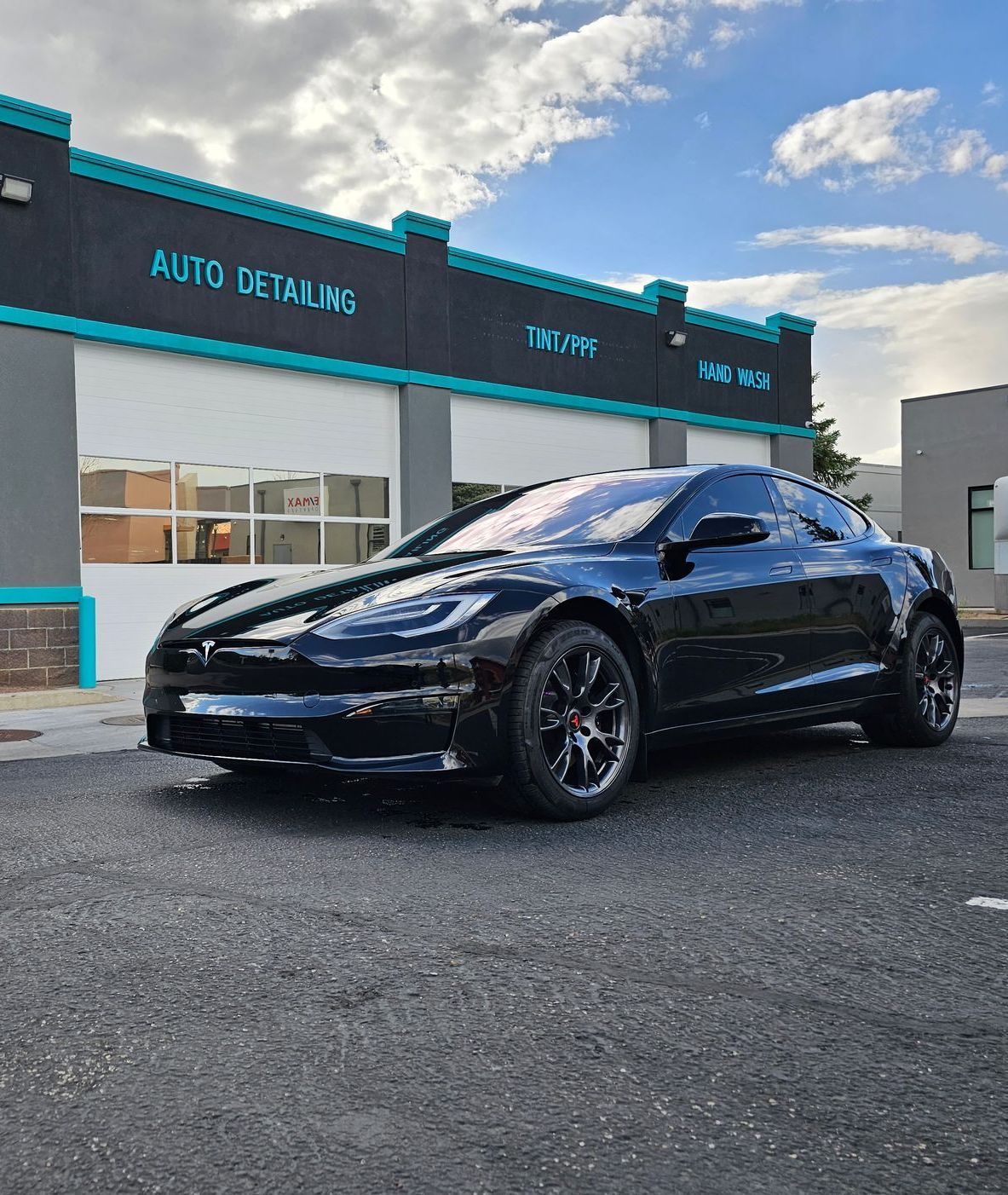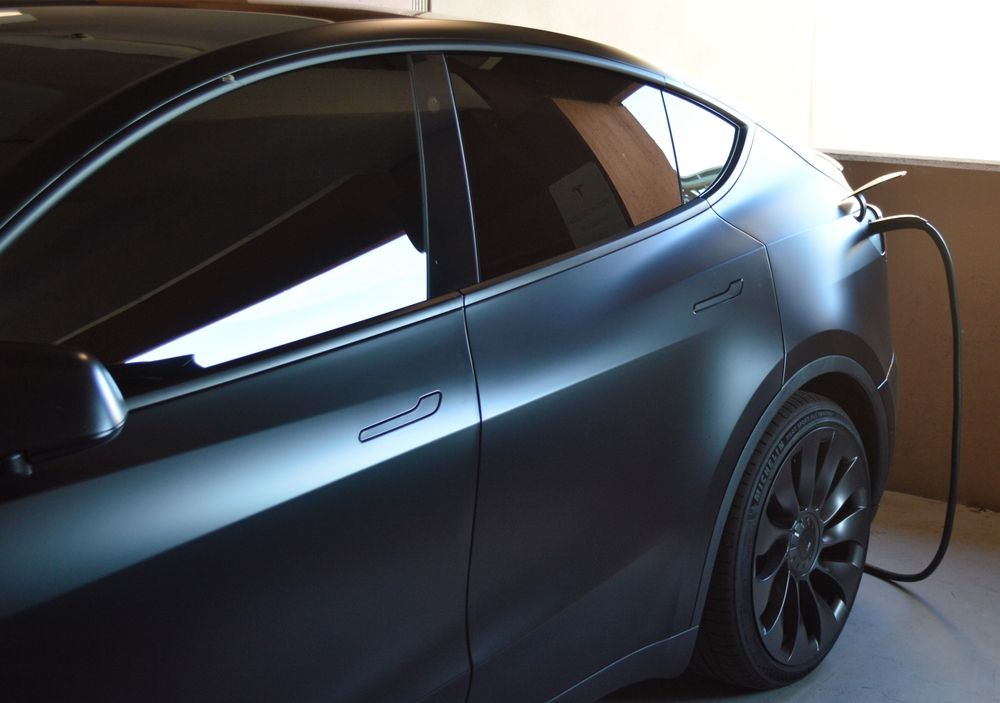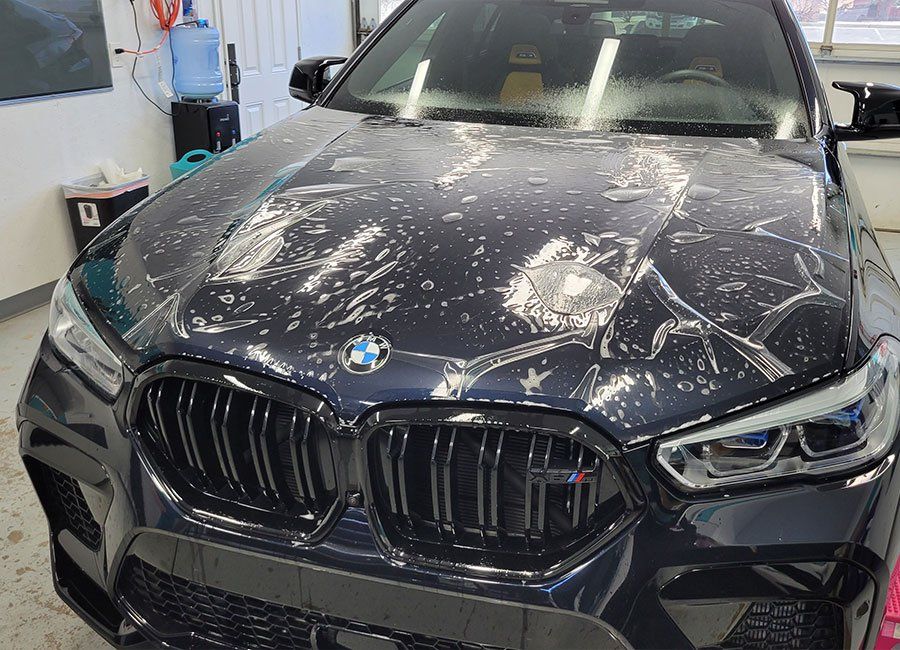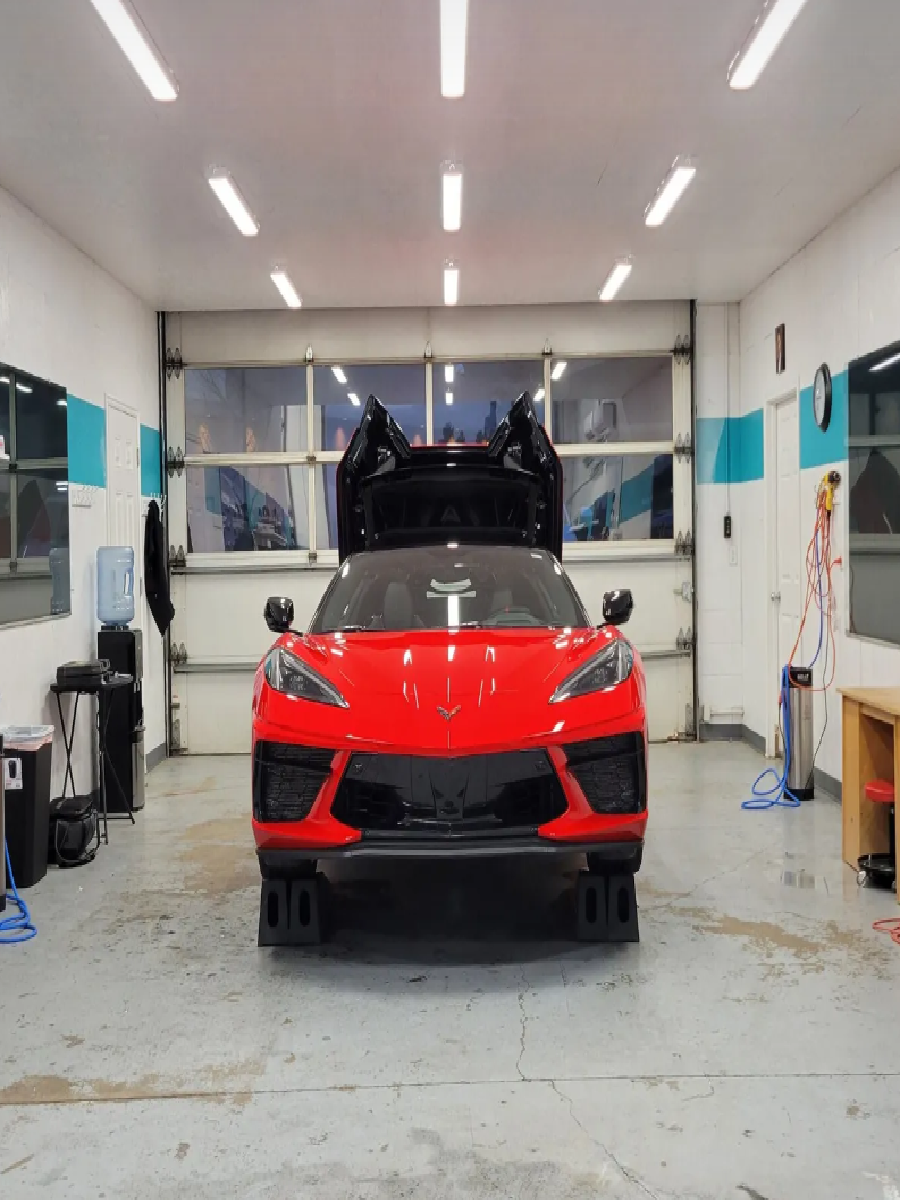Smooth. Shiny. Smart.
Vehicle protection and perfection from the inside out is what you will find here at TekShine of Cedar City & Hurricane, Utah! Founded in 2018 by the best auto detailing crew in the state of Utah, we have countless credentials that back our CCI Ceramic Coatings, Llumar Paint Protection Films and Window Tinting services, and all of the techniques and steps incorporated in each of our interior and exterior detailing packages. Being IDA certified, TekShine guarantees that customer expectations will always be met and the service provided will go above and beyond.
Quick Links
Our Location
1220 Sage Dr, Cedar City, UT, 84720, United States
Contact Us
Phone: (435) 383-8663
Email: office@tekshine.us
This website was designed by the team at Detailers Roadmap, a platform developed for detailing operators across the globe.
All Rights Reserved | 8bitcreative, LLC | TekShine

